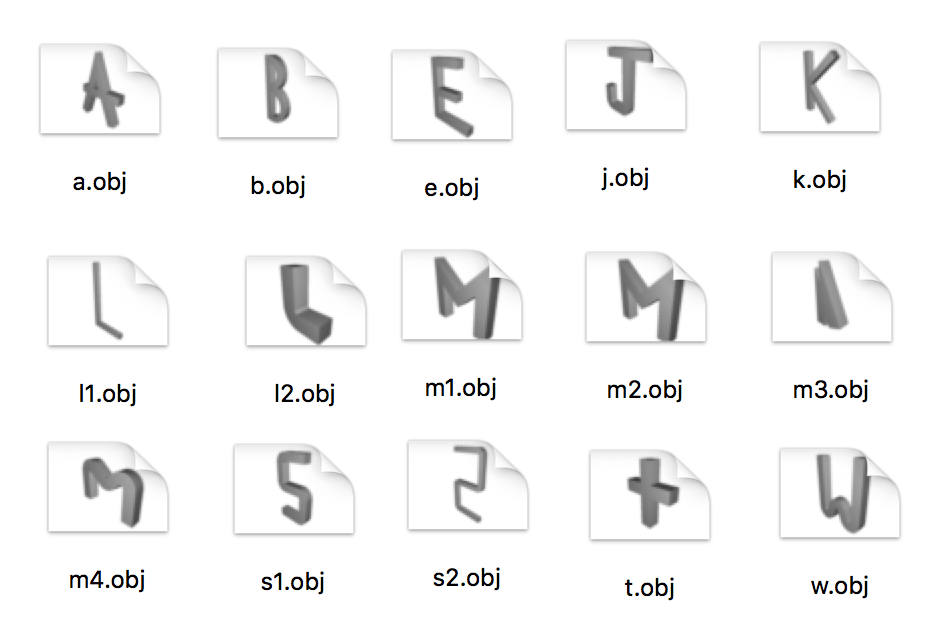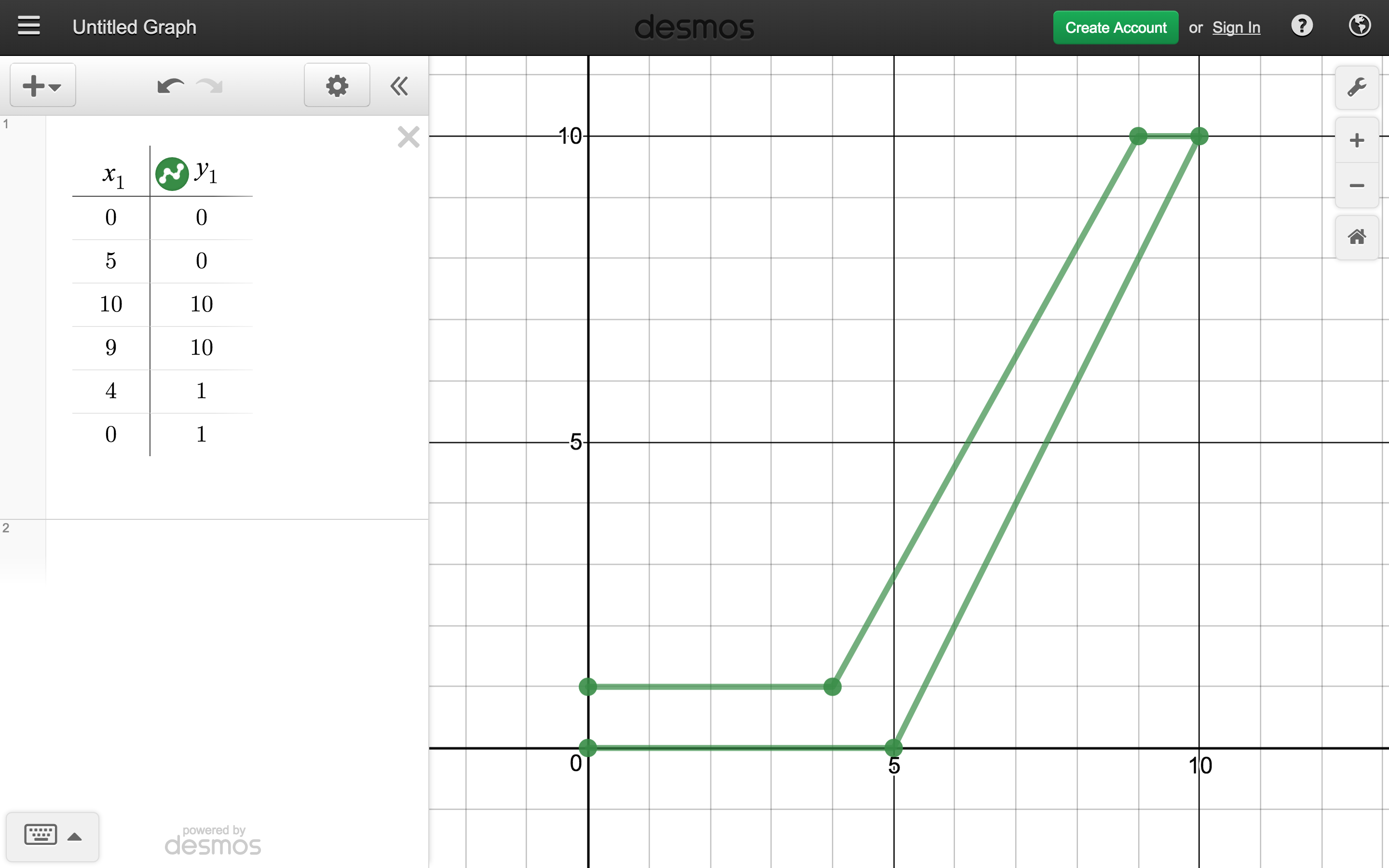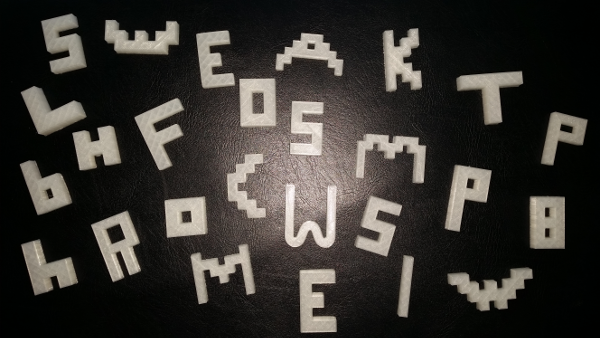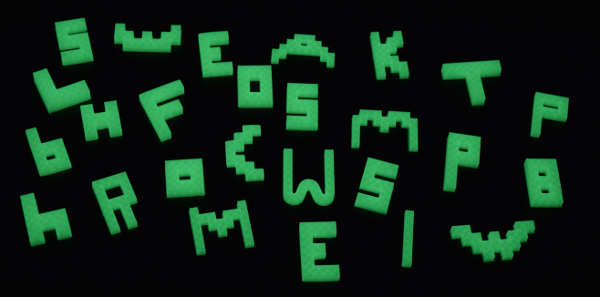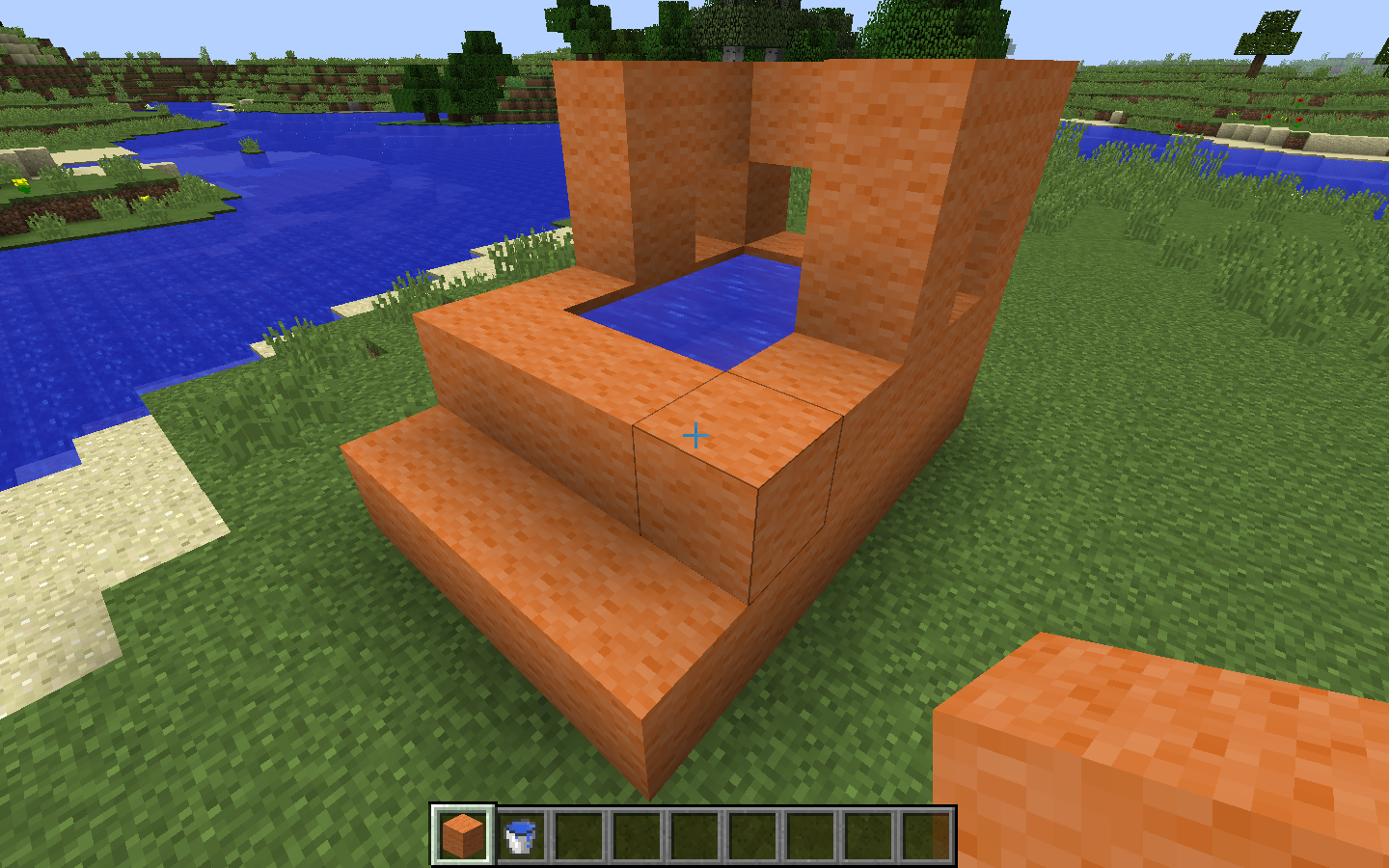Madeup Goes To Summer School
My mornings last week were spent with the young folks attending the summer school session at the Chippewa Valley Montessori School. My sidekicks were our little 3D printer and Madeup, the programming language I’ve been working on to code up 3D models. I don’t have a lot of experience working with this age group, and I’d be lying if I said it was non-stop awesome and we met all our learning goals. Mostly I just wanted to figure out what activities worked and which ones didn’t. Still, I think the students learned some things and enjoyed creating things.
Many of the students were my sons’ classmates, and it was slightly strange to be forging relationships with them without my sons around.
I offer here a breakdown of our week.
Monday
I started with the 4th and 5th graders, hoping this older crowd would make a smoother transition down from the college students I normally work with. They were broken up into two groups, each with about 8 students. As a group, we looked at writing a Madeup program to trace out and solidify an arrowhead. We focused on the move, moveto, and yaw commands:
We didn’t discuss loops or variables or mathematical operations. After our example, each student got an iPad and wrote a program to trace out a letter of their choosing. This activity took most of each hour.
Some folks caught on quickly. Others were unsure what to do. The letter choice sometimes made this task more difficult. Our group example was a one-stroke letter. But some of them picked multi-stroke letters. Like K.
Strangely, the programming activity went quite smoothly for almost everyone in the first group, while it went less-than-smoothly for almost everyone in the second group. To my knowledge, these groups weren’t clustered by academic criteria. My hypothesis is that difficulty is contagious. When one student says “this is hard,” others join in quickly. If no one has said it, there’s a great deal of pressure being the first.
In the end, though, almost everybody produced a letter. I took their programs and printed them on my own time. Unfortunately, I forgot to take a picture before delivering them. But here’s a gallery of their model files:
Tuesday
The previous day focused on turtle geometry, and I decided this day we would come at things from a different “angle.” I brought up Desmos and we traced out the cross section of a cup. I asked students to position each vertex somewhere on the graph. We ended up with something that looked like this:
We revolved this cross section around the y axis. The first group made an “up cup” that did not flare out at the top at all:
To show the action of revolving, I started off revolving just 90 degrees instead of the full 360. One student observed, “That’s a quarter cup.” We decided this “quarter of a cup” would make a nice gag gift for our baking friends.
The second group did flare out a bit. They made it so short that students said it was more like an apple pie than a cup:
We printed miniature versions of these live on the 3D printer. Everyone wanted to keep them.
Wednesday
This day I met for the first time with the 1st through 3rd graders. Given the accessibility of Desmos to the older kids, I took a grid approach to the day’s construction. As a group, we blocked out the letter H on the markerboard. Starting at the bottom-left block of the H, we wrote numbers 1, 2, and 3 to the right and 1, 2, and 3 to the top. These were our x- and y-coordinates, but I didn’t initially call them that. Then, we had to figure out where each block lived in the grid. We wrote each block’s address inside or next to it. Here’s one student’s W:
In the first hour, each student grabbed an iPad and started constructing a Madeup program comprised of moveto commands for each block in their figure. Few students finished, and I think it was too much for the younger ones. During the second hour, I decided to have them stop after blocking out their letter on the graph paper. We modeled a rupee together instead.
I collected all their graph paper figures, turned them into models, and printed them. I tried to preserve the models that they gave me, but in a few cases I modified them to improve structure or aesthetics. Probably I broke a really important teacher rule, and I’ve ruined a few kids. Printing these took a while, but seeing the array of them and knowing how eager the students are to get them makes the time worthwhile.
Especially given that these letters glow in the dark.
In the morning before the students arrived, I was talking to the teacher. I’d heard rumors that he was getting married some time this summer and he affirmed them. “Yesterday,” he said. That’s why he arrived a few minutes late.
Thursday
This final day I printed with the 1st through 3rd graders. The afternoon before, I had figured out how I could capture a structure in Minecraft and convert it to a Madeup program. So, we made a swimming pool structure and then printed it. I asked the students what material I was building with. In both groups, the students had no difficulty identifying that I was using orange wool:
Printing took about 20 minutes, during which we observed the printer at work and talked about temperatures and plastics. I showed them a box of things I’d printed. This unstructured time proved difficult to keep the students’ attentive and focused. I’m pretty sure I would like to arrange this time differently in the future, but I don’t have a solution. I had some great conversations with the classroom teacher, and I really hope in the future I can help with the lesson content and let somebody like him lead.
